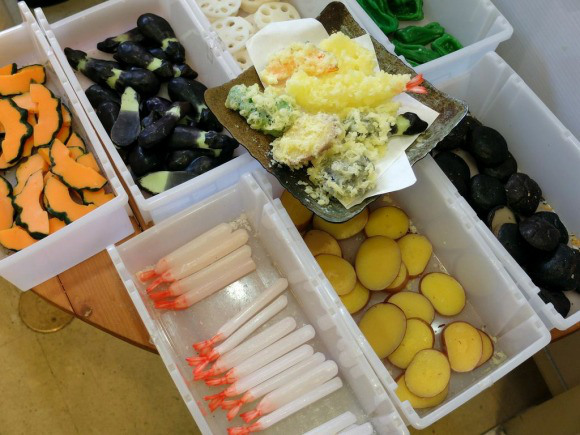
Although the language barrier can make traveling or living in Japan tough at times, dining out is a snap. There are plenty of conveyer belt sushi restaurants where you just grab what you want as the plates go by, and at many ramen and beef bowl restaurants you simply buy a meal ticket out of a vending machine, then pass it off to the cook.
Even when technology isn’t there to save you, ordering is still easy, thanks to the numerous Japanese restaurants that display wax models of their menu items, allowing you to bring the wait staff to the display window and point and what you want. There’s a whole industry devoted to replicating food, and we recently tried our hand at making a wax creation of our own.
When restaurateurs need to buy wax models, they head to Kappanashi, Tokyo’s culinary supply district. Among the stores selling razor-sharp sashimi knives and the dozens of different types of plates and bowls used in preparing a full-course Japanese meal, you’ll find the showroom of Ganso Samples, which is where we went for our lesson in wax food model making.
We were tagging along with a member of the Shiri 100 Project, a group offering opportunities for people to learn about and try unique, traditional Japanese experiences such as grabbing freshwater eels with your bare hands (a must-have skill for chefs who specialize in the delicacy) or preparing rice the old-fashioned way, with a fire instead of an electric rice cooker.
When we arrived, we found out we were in for a special treat. For that day only, the branch’s manager himself, Katsuyoshi Yamashita, would be teaching the lesson. Since we obviously don’t have his level of familiarity with the techniques used in replicating food in wax form, he told us we’d be making a model of shrimp and vegetable tempura, with a garnish of lettuce, which should be relatively easy even for first-timers like us.
We started with the tempura. The models of the shrimp and vegetables were already made, so we’d be doing the final step of making them appear fried in the delicious, crispy coating.
First, we were given a paper cup filled with melted wax, which we added, slowly but steadily, into a vat of hot water. As we did, it spread out on the surface, taking on the appearance of tempura batter.
Once we had a sizeable enough patch, we placed a single piece of our vegetables on top, then gave it a twist to coat it with the wax all around. We repeated the process for our shrimp, and just like that, we had some model tempura that was indistinguishable from the real thing.
We were feeling pretty proud of ourselves, and our friend from Shiri 100 displayed a similar knack for making wax tempura. But while real tempura is tricky to get just right, as far as food modeling goes, we had more trouble with our lettuce.
The first step of the process was more or less the same as with the tempura, as we spread white wax onto the surface of the boiling water. Next, we placed a layer of green wax on top of that, submerged the whole thing to stretch it out, and finally rolled it give it a proper scrunched up shape.
That last step is where things got difficult for us, as you can see by comparing the lettuce made by the amateurs (ours is on the right) with the model made by Yamashita (on the left).
But while our lettuce may not be realistic enough to fool anyone into pouring dressing over it, it’s close enough to the genuine article that we’d like to give making it one more shot.
After we go through the other 99 activities on Shiri 100’s list, that is.
Photos: RocketNews24
Related: Shiri 100, Shiri 100 Facebook, Ganso Samples
[ Read in Japanese ]


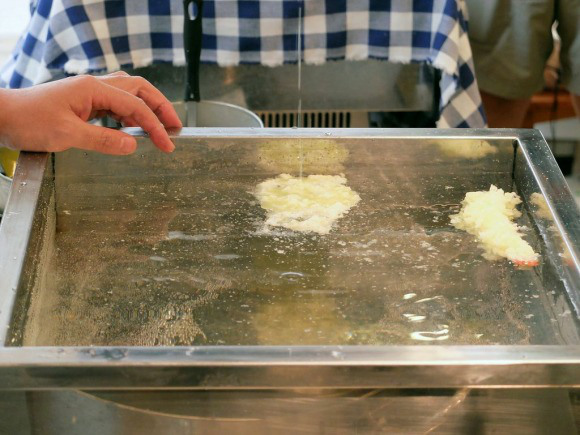
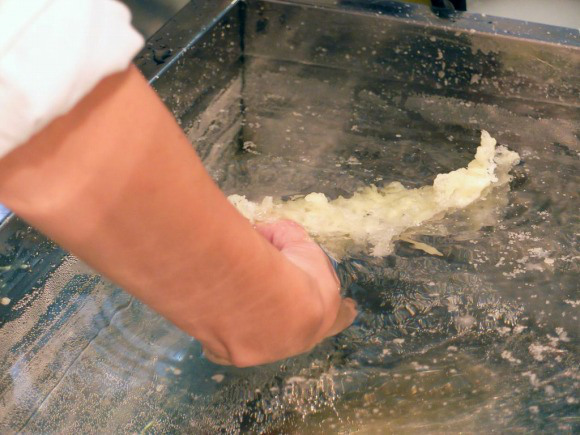
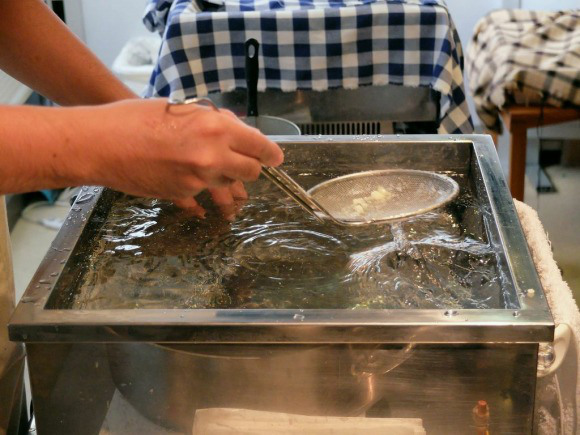
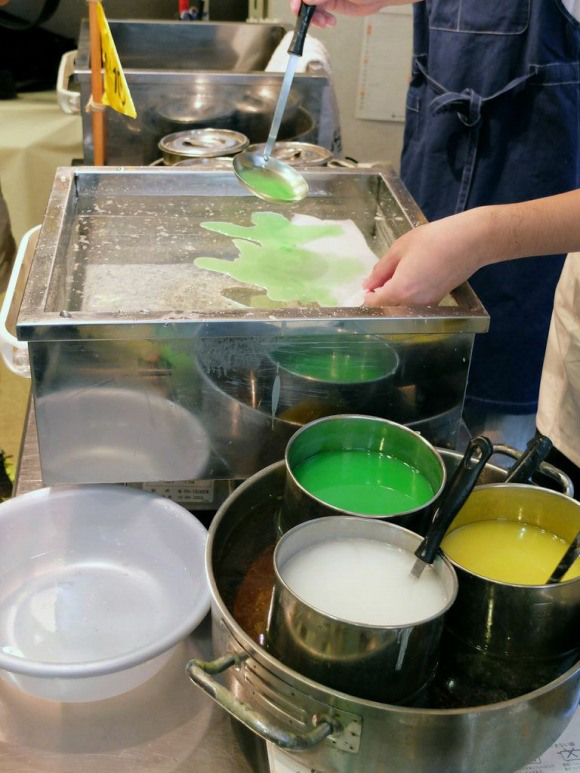
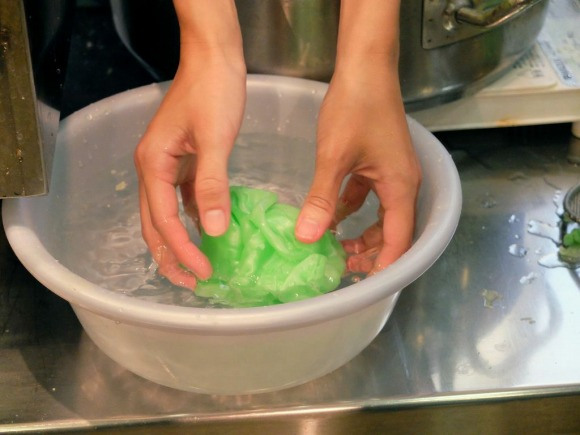
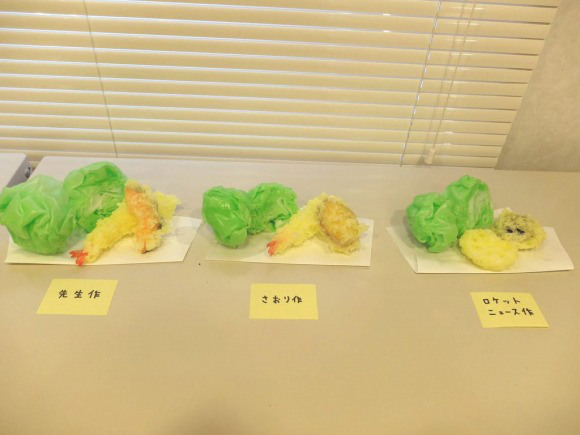
 You can touch but you can’t eat: We made food replicas from wax in Asakusa, and you can too!
You can touch but you can’t eat: We made food replicas from wax in Asakusa, and you can too! Don’t throw out leftover rice! Testing to find the best rice freezing/microwaving container
Don’t throw out leftover rice! Testing to find the best rice freezing/microwaving container Don’t eat these Cup Noodles…because they’re actually a super-realistic full-scale model【Photos】
Don’t eat these Cup Noodles…because they’re actually a super-realistic full-scale model【Photos】 Do NOT eat this delicious looking bento and other Japanese food…because they’re not food!【Pics】
Do NOT eat this delicious looking bento and other Japanese food…because they’re not food!【Pics】 Kit Kat’s papercraft train set is so cool we almost don’t need the chocolate it comes with
Kit Kat’s papercraft train set is so cool we almost don’t need the chocolate it comes with We found possibly the quietest Japanese-style hotel in Tokyo’s bustling Shinjuku district
We found possibly the quietest Japanese-style hotel in Tokyo’s bustling Shinjuku district The old-school awesomeness of the New Akao, a Showa-era hot spring hotel still standing tall
The old-school awesomeness of the New Akao, a Showa-era hot spring hotel still standing tall 7-Eleven Japan starts new temporary luggage storage service in over 300 branches
7-Eleven Japan starts new temporary luggage storage service in over 300 branches Pizza Hut Japan’s hot lucky bags are perfect for a New Year’s pizza party
Pizza Hut Japan’s hot lucky bags are perfect for a New Year’s pizza party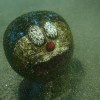 Doraemon found buried at sea as scene from 1993 anime becomes real life【Photos】
Doraemon found buried at sea as scene from 1993 anime becomes real life【Photos】 The cheapest place to stay in Kyoto cost us just 1,800 yen for the night, and it was awesome
The cheapest place to stay in Kyoto cost us just 1,800 yen for the night, and it was awesome Japanese Twitter rolls eyes at book teaching “manners 90 percent of Japanese people don’t know”
Japanese Twitter rolls eyes at book teaching “manners 90 percent of Japanese people don’t know” Dragon Quest Burgers and Slime drinks are coming to McDonald’s Japan【Video】
Dragon Quest Burgers and Slime drinks are coming to McDonald’s Japan【Video】 Viral 3D ice creams land in Japan… but are they worth the hype?
Viral 3D ice creams land in Japan… but are they worth the hype? Buddhist priest at Japanese temple lodging goes viral for rude responses to tourist’s bad reviews
Buddhist priest at Japanese temple lodging goes viral for rude responses to tourist’s bad reviews Starbucks Japan ready to get Year of the Horse started with adorable drinkware and plushies【Pics】
Starbucks Japan ready to get Year of the Horse started with adorable drinkware and plushies【Pics】 7-Eleven Japan’s ramen-cooking robot whipped us up a bowl of noodles【Taste test】
7-Eleven Japan’s ramen-cooking robot whipped us up a bowl of noodles【Taste test】 Cyberpunk anime meets traditional culture in Ghost in the Shell gold leaf Japanese changing screens
Cyberpunk anime meets traditional culture in Ghost in the Shell gold leaf Japanese changing screens 7 great places to see Mt. Fuji from without having to climb it
7 great places to see Mt. Fuji from without having to climb it Hello Kitty Choco Egg figures are an adorable trip through three periods of Japanese pop culture【Pics】
Hello Kitty Choco Egg figures are an adorable trip through three periods of Japanese pop culture【Pics】 Japan’s otoshidama tradition of giving kids money at New Year’s gets a social welfare upgrade
Japan’s otoshidama tradition of giving kids money at New Year’s gets a social welfare upgrade Lacquerware supplier to emperor of Japan and Pokémon team up for new tableware
Lacquerware supplier to emperor of Japan and Pokémon team up for new tableware Sumo Sanrio! Hello Kitty and pals team up with Japan Sumo Association for new merch【Pics】
Sumo Sanrio! Hello Kitty and pals team up with Japan Sumo Association for new merch【Pics】 Can a dirty butthole make you filthy rich in Japan? We’re starting a New Year’s lottery experiment
Can a dirty butthole make you filthy rich in Japan? We’re starting a New Year’s lottery experiment Disillusionment at Tsukiji’s tourist-target prices led us to a great ramen restaurant in Tokyo
Disillusionment at Tsukiji’s tourist-target prices led us to a great ramen restaurant in Tokyo Starbucks teams up with 166-year-old Kyoto doll maker for Year of the Horse decorations【Photos】
Starbucks teams up with 166-year-old Kyoto doll maker for Year of the Horse decorations【Photos】 Tokyo considering law requiring more trash cans following litter increase in heavily touristed area
Tokyo considering law requiring more trash cans following litter increase in heavily touristed area Tokyo’s Tsukiji sushi neighborhood asks tour groups to stay away for the rest of the month
Tokyo’s Tsukiji sushi neighborhood asks tour groups to stay away for the rest of the month Nintendo’s Kirby now delivering orders at Kura Sushi restaurants, but not in Japan
Nintendo’s Kirby now delivering orders at Kura Sushi restaurants, but not in Japan Tokyo event lets you travel back in time, for free, to celebrate 100 years since Showa era start
Tokyo event lets you travel back in time, for free, to celebrate 100 years since Showa era start Sanrio theme park in Japan announces plans to expand into a Sanrio resort
Sanrio theme park in Japan announces plans to expand into a Sanrio resort Japan may add Japanese language proficiency, lifestyle classes to permanent foreign resident requirements
Japan may add Japanese language proficiency, lifestyle classes to permanent foreign resident requirements Survey asks foreign tourists what bothered them in Japan, more than half gave same answer
Survey asks foreign tourists what bothered them in Japan, more than half gave same answer Japan’s human washing machines will go on sale to general public, demos to be held in Tokyo
Japan’s human washing machines will go on sale to general public, demos to be held in Tokyo Japan’s deadliest food claims more victims, but why do people keep eating it for New Year’s?
Japan’s deadliest food claims more victims, but why do people keep eating it for New Year’s? We deeply regret going into this tunnel on our walk in the mountains of Japan
We deeply regret going into this tunnel on our walk in the mountains of Japan Studio Ghibli releases Kodama forest spirits from Princess Mononoke to light up your home
Studio Ghibli releases Kodama forest spirits from Princess Mononoke to light up your home Major Japanese hotel chain says reservations via overseas booking sites may not be valid
Major Japanese hotel chain says reservations via overseas booking sites may not be valid Put sesame oil in your coffee? Japanese maker says it’s the best way to start your day【Taste test】
Put sesame oil in your coffee? Japanese maker says it’s the best way to start your day【Taste test】 No more using real katana for tourism activities, Japan’s National Police Agency says
No more using real katana for tourism activities, Japan’s National Police Agency says Starbucks Japan reveals new sakura drinkware collection, inspired by evening cherry blossoms
Starbucks Japan reveals new sakura drinkware collection, inspired by evening cherry blossoms Updated cherry blossom forecast shows extra-long sakura season for Japan this year
Updated cherry blossom forecast shows extra-long sakura season for Japan this year Make potato chips twice as delicious by soaking them in green tea before eating them【SoraKitchen】
Make potato chips twice as delicious by soaking them in green tea before eating them【SoraKitchen】 Tokyo restaurant offers “DIY Tempura Bowls,” so of course we had to go check it out
Tokyo restaurant offers “DIY Tempura Bowls,” so of course we had to go check it out Japanese wife/artist solves “I don’t know. What do YOU want to eat?” problem in an awesome way
Japanese wife/artist solves “I don’t know. What do YOU want to eat?” problem in an awesome way We check out the view, eat amazingly delicious squid at Japan’s first underwater restaurant
We check out the view, eat amazingly delicious squid at Japan’s first underwater restaurant Four things you should order at rotating sushi restaurant Sushiro if you don’t eat raw fish
Four things you should order at rotating sushi restaurant Sushiro if you don’t eat raw fish We eat the Attack on Titan instant curry, plus make our own edible Titans
We eat the Attack on Titan instant curry, plus make our own edible Titans Don’t throw away your leftover ramen broth! Use it to make ice cream sauce instead!【Recipe】
Don’t throw away your leftover ramen broth! Use it to make ice cream sauce instead!【Recipe】 We make a gorgeous wooden art display piece out of Hokusai’s Great Wave
We make a gorgeous wooden art display piece out of Hokusai’s Great Wave Miso soup capsule toys look good enough to eat, come with recipes to make the real thing!【Photos】
Miso soup capsule toys look good enough to eat, come with recipes to make the real thing!【Photos】 Can you make instant udon noodles with room-temperature water? We find out
Can you make instant udon noodles with room-temperature water? We find out A vending machine where you don’t know what you’re buying until it comes out – we give it a try!
A vending machine where you don’t know what you’re buying until it comes out – we give it a try! Waiter, there’re 100 crickets in my soup! We try make-it-yourself Cricket Ramen【Taste Test】
Waiter, there’re 100 crickets in my soup! We try make-it-yourself Cricket Ramen【Taste Test】 Japan’s new fruit sandwiches turn the concept inside-out, we make them even better【SoraKitchen】
Japan’s new fruit sandwiches turn the concept inside-out, we make them even better【SoraKitchen】
Leave a Reply